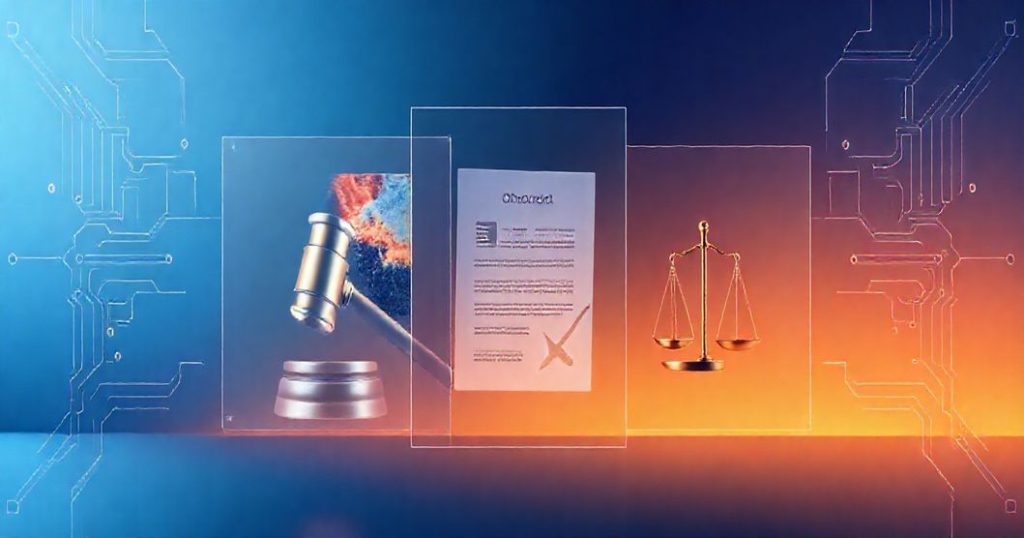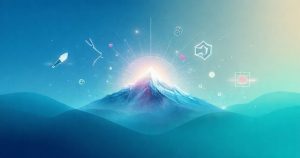The Ultimate Legal Copyright Guide for AI-Generated Artwork
As AI image generation technology continues to evolve, the question of copyright and ownership has become increasingly complex. With the ability to create stunning, professional-grade visuals in mere seconds, many are left wondering who owns the rights to these images. In this comprehensive guide, we will delve into the world of AI-generated artwork, exploring the current state of copyright law, the implications for creators and users, and the strategies for protecting your rights in this rapidly changing landscape.
The rise of AI image generators has democratized the creative process, allowing individuals without extensive design experience to produce high-quality visuals. However, this accessibility also raises concerns about the originality and ownership of these generated images. According to recent research, the use of AI in image generation is expected to increase by 500% in the next two years, highlighting the need for clear guidelines on copyright and usage rights.
One of the primary challenges in determining copyright for AI-generated artwork is the role of human creativity versus machine learning. While AI models can produce images that are virtually indistinguishable from those created by humans, the process of generation is fundamentally different. This distinction has significant implications for copyright law, which traditionally emphasizes human authorship and originality. For instance, Stability AI provides a platform for generating images, but the terms of service must be carefully reviewed to understand usage rights and potential limitations.
Understanding Copyright Law for AI-Generated Artwork
Copyright law is designed to protect original works of authorship, including literary, dramatic, musical, and artistic works. In the context of AI-generated images, the question of authorship is crucial. If an AI model creates an image without human intervention, can the image be considered an original work of authorship? The answer to this question is complex and depends on various factors, including the level of human input, the sophistication of the AI model, and the intended use of the generated image.
Current copyright law does not provide clear guidance on the ownership of AI-generated images. However, there are several key considerations for creators and users. Firstly, the level of human input is a critical factor in determining authorship. If a human provides the prompt or parameters for the AI model, they may be considered the author of the generated image. Secondly, the terms of service for the AI platform used can significantly impact ownership and usage rights. For example, some platforms may grant the user full ownership of the generated image, while others may retain certain rights or impose limitations on commercial use.
To navigate the complex landscape of copyright law for AI-generated artwork, it is essential to understand the different types of AI models and their implications for authorship. Free AI image generators like those offered by Icebox AI can provide a starting point for exploring the capabilities and limitations of AI in image generation. By experimenting with different prompts and parameters, creators can develop a deeper understanding of the creative potential and legal considerations of AI-generated images.
Strategies for Protecting Your Rights
Given the uncertainty surrounding copyright law for AI-generated artwork, it is crucial for creators and users to take proactive steps to protect their rights. One strategy is to clearly document the generation process, including the prompt, parameters, and any human input. This documentation can serve as evidence of authorship and ownership in the event of a dispute. Additionally, creators should carefully review the terms of service for any AI platform used, ensuring they understand the implications for ownership and usage rights.
Another essential consideration is the use of licensing agreements. By licensing AI-generated images under specific terms, creators can retain control over how their work is used and distributed. This approach can also provide a clear framework for resolving disputes related to copyright infringement. For instance, Wired has explored the use of blockchain technology for tracking and verifying the ownership of digital artworks, including those generated by AI.
In conclusion, the legal copyright guide for AI-generated artwork is a complex and evolving field. As AI technology continues to advance, it is essential for creators, users, and lawmakers to work together to establish clear guidelines and protections for original works of authorship. By understanding the current state of copyright law, the implications of AI-generated images, and the strategies for protecting your rights, you can navigate this rapidly changing landscape with confidence. Remember, the future of creativity is being written today, and it is up to us to ensure that the rights of creators are protected and respected.
For more information on AI image generation and copyright law, visit Icebox AI and explore our resources on the topic. With the right knowledge and tools, you can unlock the full potential of AI in your creative work and ensure that your rights as a creator are protected.



